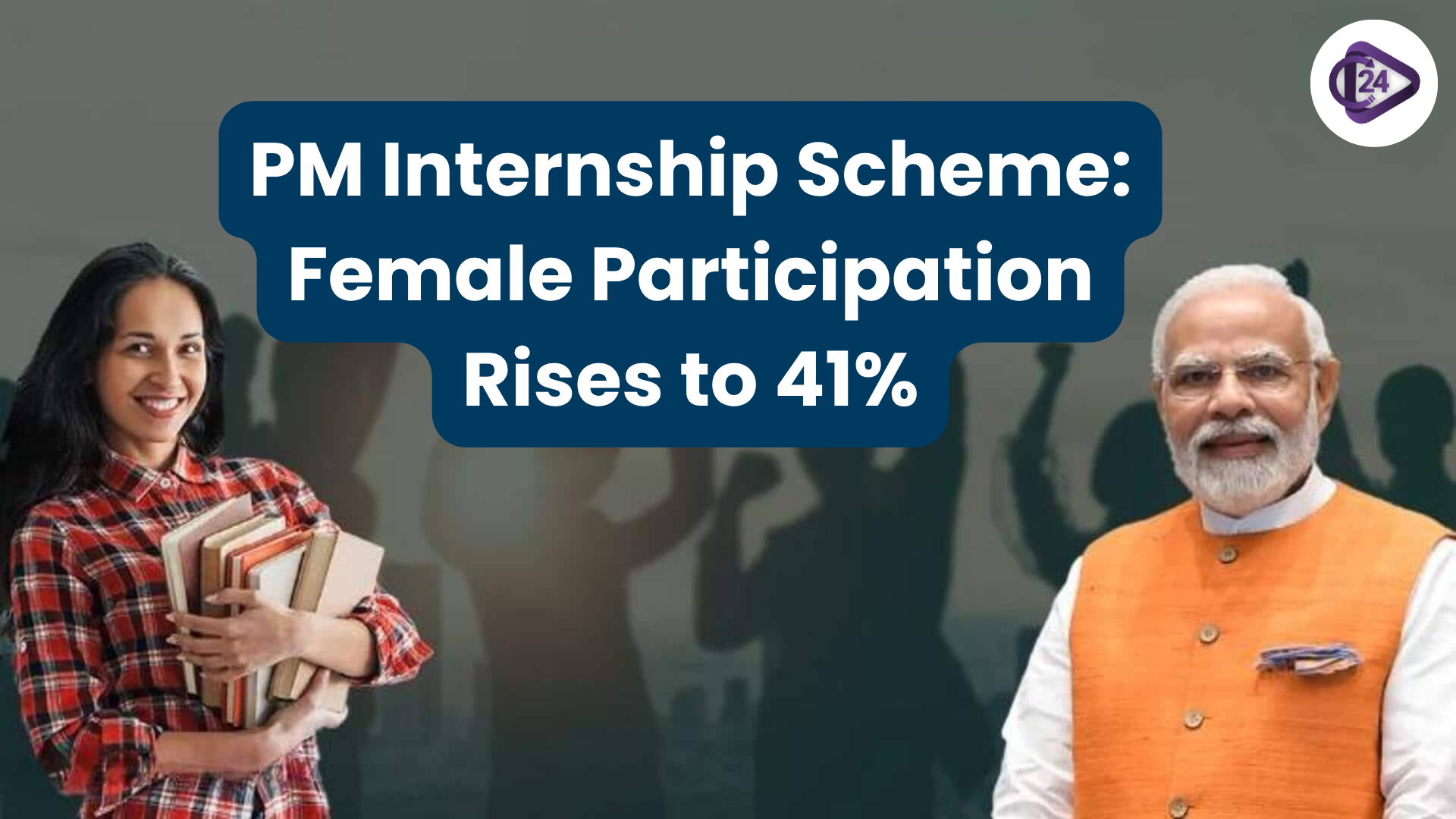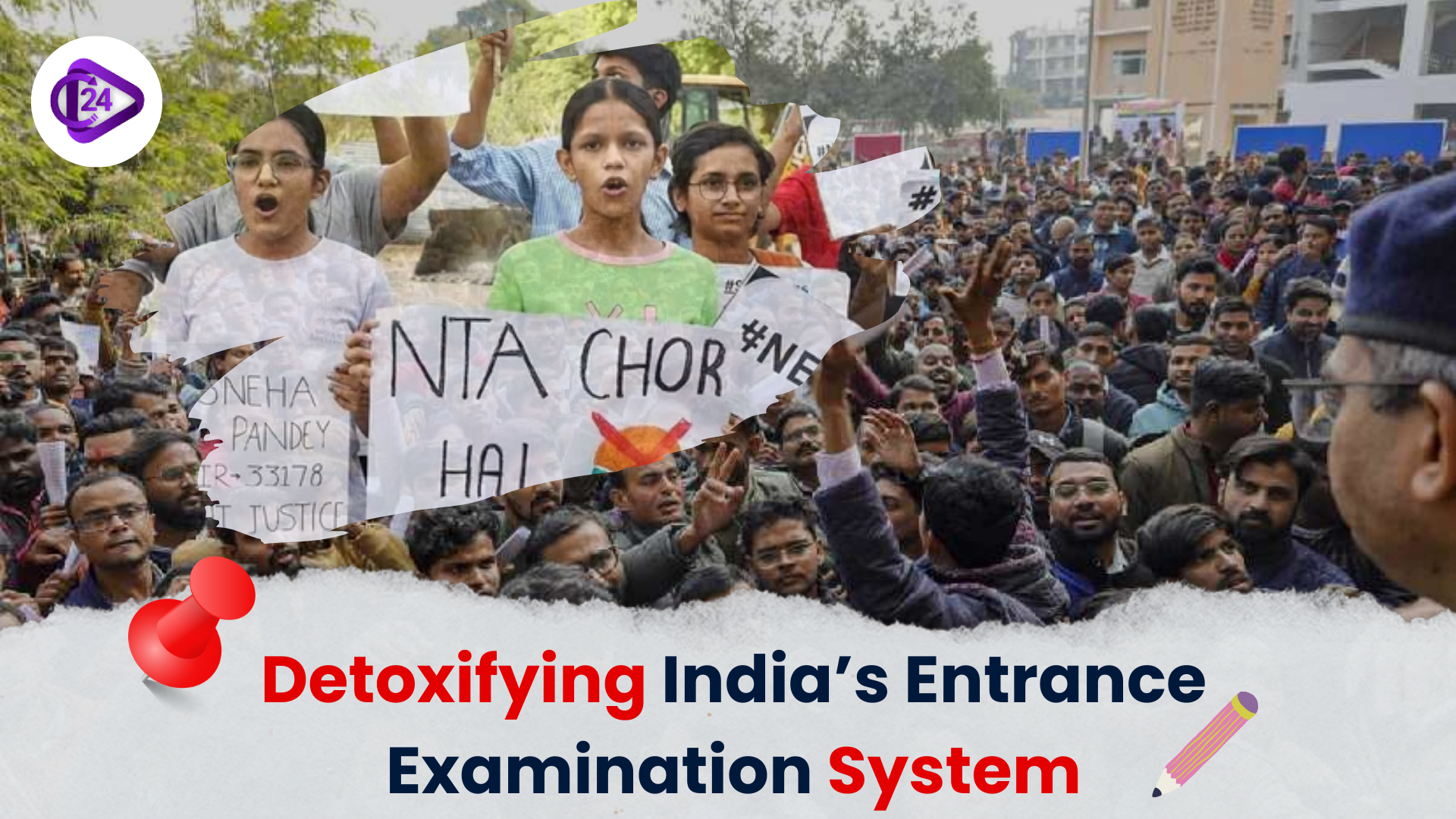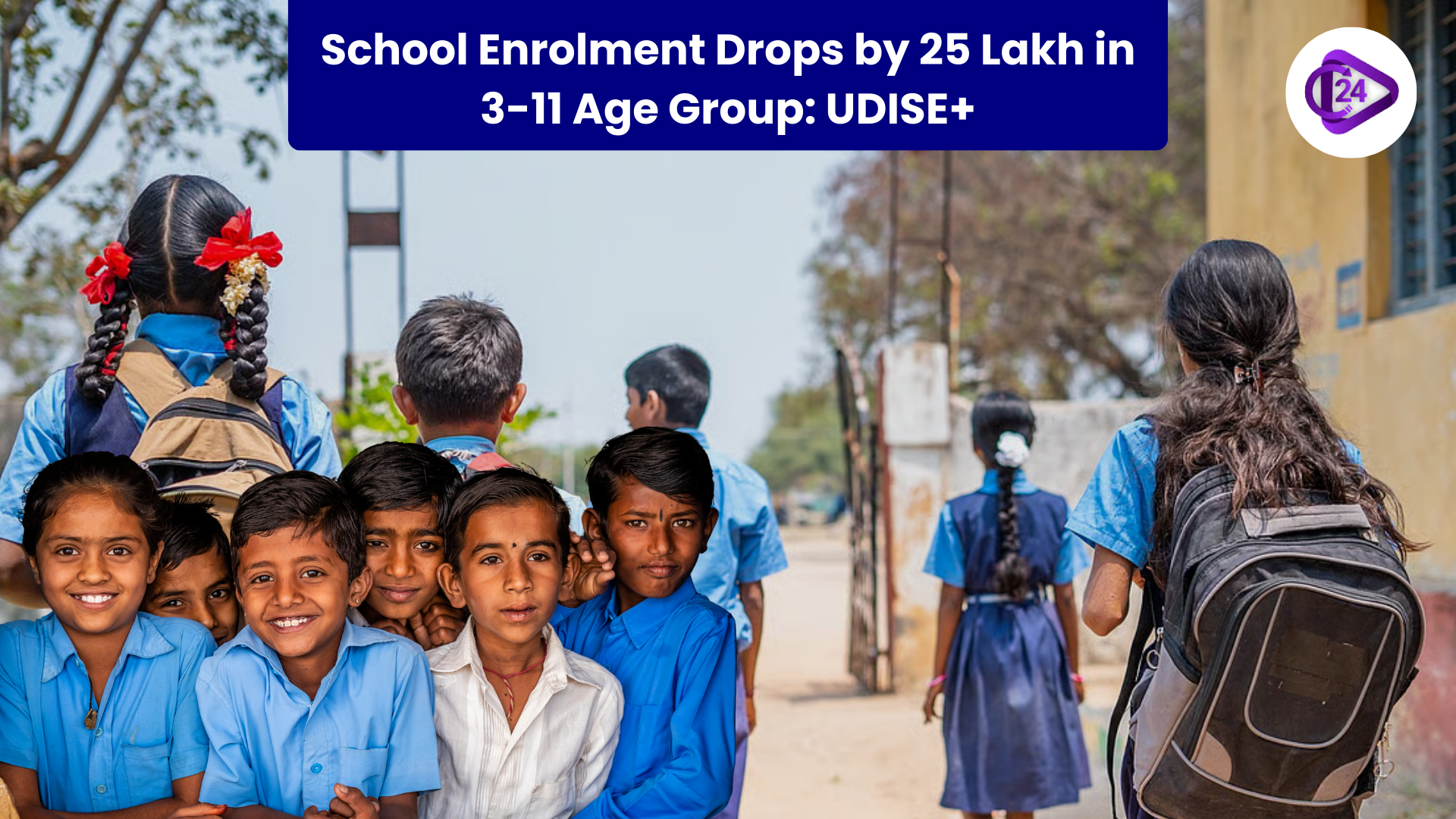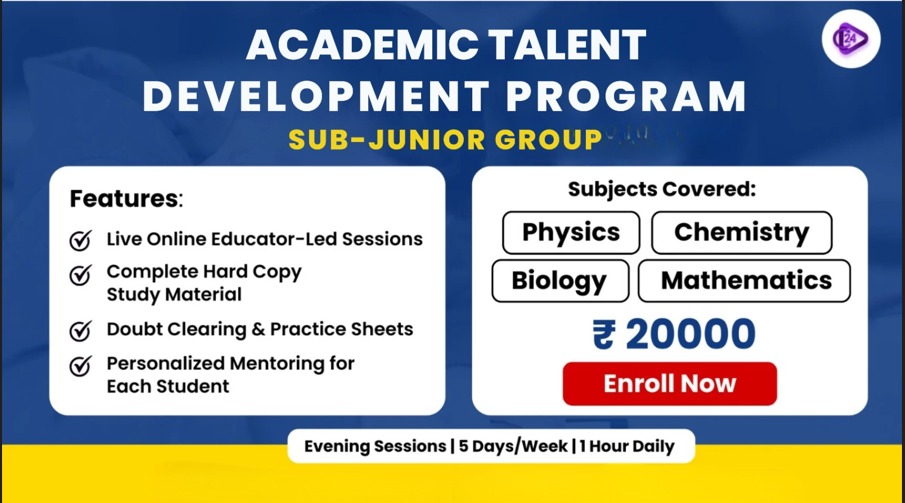
The Prime Ministers Internship Scheme (PMIS) is a marquee project, which was announced in the Employment and Skilling Package under the FY25 Union Budget and seeks to offer one crore young people in India with internship opportunities in the 500 leading companies over a five-year frame. Although it was an ambitious scheme, the original pilot of the scheme had problems with participation, improper gender mix, use of funds and coordination with industry requirements.
Characteristic of the Plan
-
It was scheduled to be initiated in FY 2024-25 with a 2-lakh crore employment.
-
Interns receive:
-
₹4000/month through DBT by GoI.
-
₹500/month additional support from Corporate CSR fund.
-
₹6, 000/year one time incidental grant for expenses.
-
-
It is established via the Ministry of Corporate Affairs via the PMIS Portal.
-
Created to fill the gap between education and industrial requirements in skills.
Positive Developments: Rise in Female Participation
Female participation was on the rise and there were positive developments.
1. Gender Imbalance Round I
-
The number of males to females in the intern population became 72: 28.
-
The female applications: 31 % of all applications.
-
Women interns: 28 % of the selections.
2. Improvement Round II
-
The number of women applying increased to 41% of the total number of applicants.
-
Because of reforms such as:
-
Company name and location disclosure as well as profile.
-
Improved Information, Education & Communication (IEC) communication.
-
-
Significance: An indicator of better gender sensitivity, responsiveness of policies to the recommendations of the Parliamentary Standing Committee on Finance.
Concerns identified
1. Weak Offer Acceptance and Joining Rate
-
Round I:
-
Offers to 60,000 candidates totaling 82,000.
-
Only 8,700 of applicants participated in the internship.
-
-
Round II (as of July 17, 2025):
-
There were 71,000 offers made, 22,500 accepted.
-
Selection and joining under going.
-
2. Skill Demand-Internship Role Mismatch
-
Candidates had problems acquiring positions, which suited their interest and traits.
-
Especially in IT and tech positions.
3. Poor Utilisation of Funds
-
FY 2024–25:
-
Budget: 2,000 crore.
-
Rf. estimate: 380 crore.
-
Actual Spend (which is up to feb): 21.1 crore only.
-
FY 202526 allocation: Razor-sharp bump up to 10,831 crore.
-
Committee Perspective: Must involve active review in regards to real involvement and results.
Structural & Procedural Gaps
-
Rejection of marginalised applicants because of:
-
Income limit: >8 lakhs/annually.
-
Important bar if a family member is an ordinary govt employee regardless of salary.
-
Absence of internship to employment tracking system.
-
Low levels of joining were initially caused by a lack of geographic transparency.
-
Post Round I Reforms
-
Geotagged profile and location of the company displayed in a transparent way.
-
Show of additional benefits that companies give.
-
Requests of relaxation contemplated, and including:
-
Increasing the age from 24 to 25 years.
-
Design of state government dashboards to enable state governments to track and to mobilise activity.
-
Concurrent evaluation system through feedback is introduced.
Standing Committee Recommendations
|
Area |
Recommendation |
|
Inclusivity |
Relax eligibility norms for marginalised and EWS candidates. |
|
Transparency |
Periodic independent evaluations; enhance monitoring. |
|
Post-Internship Impact |
Establish metrics to track internship-to-employment conversion rates. |
|
Skill Alignment |
Encourage host companies to align internship training with industry demands. |
Way Forward
-
Construct gender sensitive selection processes and be better represented in high growth sectors (IT, manufacturing etc.).
-
Create incentives to allow host companies to take on the intern as a full time employee.
-
Follow the internship participants on a long-term employment basis.
-
Amplify urban-rural digital divide to access to the PMIS Portal.
-
Review eligibility on a periodic basis, to account to socio-economic realities.
Conclusion
The PM Internship Scheme is a forward-looking strategy of addressing youth unemployment and skills mismatch in India. Female applicant share rising by 31% to 41% between one round simply demonstrates the ability that responsive policy reform can have. Nonetheless, in order to become a reality of its vision, the scheme will have to consider issues surrounding inclusivity, use of funds, industry fit as well as job creation with periodic assessment and feedback.



 Reforming India’s Entrance Exams: Towards Equity and Student Well-being
Reforming India’s Entrance Exams: Towards Equity and Student Well-being Dowry Deaths in India: Nikki Bhati Case Exposes Systemic Silence
Dowry Deaths in India: Nikki Bhati Case Exposes Systemic Silence J&K: Annual Mela Patt Festival Begins in Bhaderwah
J&K: Annual Mela Patt Festival Begins in Bhaderwah Prime Minister Extends Warm Greetings on Nuakhai Festival
Prime Minister Extends Warm Greetings on Nuakhai Festival School Enrolment in 3-11 Age Group Drops by 25 Lakh: UDISE+ Report
School Enrolment in 3-11 Age Group Drops by 25 Lakh: UDISE+ Report Punjab and Haryana HC Grants Bail to Bangladeshi Woman: Application of Article 21 for Foreign Nation
Punjab and Haryana HC Grants Bail to Bangladeshi Woman: Application of Article 21 for Foreign Nation NHAI launches Project Aarohan to support education of toll plaza workers’ families
NHAI launches Project Aarohan to support education of toll plaza workers’ families RAN SAMWAD-2025: A Groundbreaking Tri-Service Seminar on Warfighting at Army War College
RAN SAMWAD-2025: A Groundbreaking Tri-Service Seminar on Warfighting at Army War College CISF Launches First All-Women Commando Unit to Strengthen Gender Parity
CISF Launches First All-Women Commando Unit to Strengthen Gender Parity NCERT Introduces Indian Classical Art Forms in School Curriculum (Classes 3–8)
NCERT Introduces Indian Classical Art Forms in School Curriculum (Classes 3–8)






